Lusterleaf Holly (Ilex latifolia) is a dense, evergreen shrub native to central and southern Japan, as well as southern China. Belonging to the Aquifoliaceae family, this woody plant is often admired for its broad, glossy leaves, reflected in its species name “latifolia,” meaning “broad-leafed” in Latin.
Commonly grown in temple gardens and parks, Lusterleaf Holly is prized for its ornamental value. Its dense foliage provides excellent cover, making it a favorite among bird species that seek shelter or forage in its branches. This adaptable plant is also a striking addition to landscapes, thanks to its rich greenery and versatility in various settings.
| Common name | Lusterleaf Holly, Tarajo, Tarajo Holly |
| Botanical name | Ilex latifolia |
| Family | Aquifoliaceae |
| Species | latifolia |
| Origin | Central and Southern Japan, and Southern China |
| Life cycle | Woody |
| Plant type | Shrub |
| Hardiness zone | 6, 7, 8, 9 |
| Sunlight | Full Sun |
| Maintenance | Medium |
| Soil condition | Clay |
| Soil ph | Acid |
| Drainage | Well-Drained |
| Growth rate | Medium |
| Spacing | 6 – ft. – 12 ft. |
| Harvest time | Fall |
| Flowering period | Spring |
| Height | 2- 25 ft. |
| Flower color | Gold, Yellow |
| Leaf color | Gold, Yellow |
| Fruit color | Burgundy, Red |
| Stem color | Green |
| Fruit type | Drupe |
| Fruit benefit | Showy |
| Leaf benefit | Long-lasting |
| Flower benefit | Fragrant |
| Garden style | Pollinator Garden |
| Uses | Container |
I. Appearance and Characteristics
Ilex latifolia (tarajo holly or tarajo; Japanese: 多羅葉 (たらよう, tarayō), Chinese: 大叶冬青 dà yè dōngqīng) is a species of holly, native to southern Japan (Shizuoka Prefecture south to Kyūshū) and eastern and southern China (Jiangsu south to Fujian and west to Yunnan), growing in broadleaf forests at altitudes of 200–1,500 m.
It is a small to medium-sized evergreen tree growing to 10–20 m tall with a trunk up to 60 cm diameter. The bark is dark brown, with a rough surface. The leaves are alternate, broad lanceolate to ovate-oblong, 8–24 cm long and 4–8 cm broad (among the largest of any species of holly), glossy dark green above, paler below, with a thick, leathery texture and serrated (but not spiny) margins.
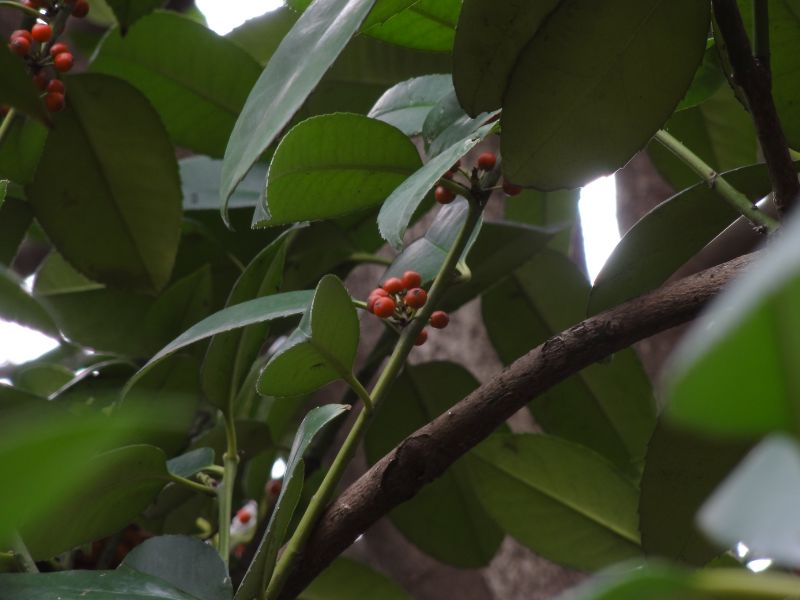
The flowers are yellowish-green, with a four-lobed corolla, produced in late spring; it is dioecious, with male and female flowers on separate trees. The fruit is a drupe 7 mm diameter, ripening orange-red to dark red in winter, and containing four seeds; they are often produced in dense clusters on the stems.
II. How to Grow and Care
Sunlight
Lusterleaf holly requires an environment with bright and soft light to grow. It grows well in shady places, sheltered on one side, and even in direct sunlight. Mature plants have higher fruit growth rates in places with good light. Young plants, on the other hand, need a shady place (shade cloth can be used) in summer to avoid direct sunlight and prevent sunburn.
Lusterleaf holly kept indoors should be placed in sunny rooms, about 50 to 100 cm from the window. Do not place the plant in an environment where light is completely blocked. After extended periods of insufficient light, the plant’s photosynthetic rate will decrease. This will slow down the growth rate possibly to zero, cause thin and weak leaves, and decrease the flowering and fruiting rate.
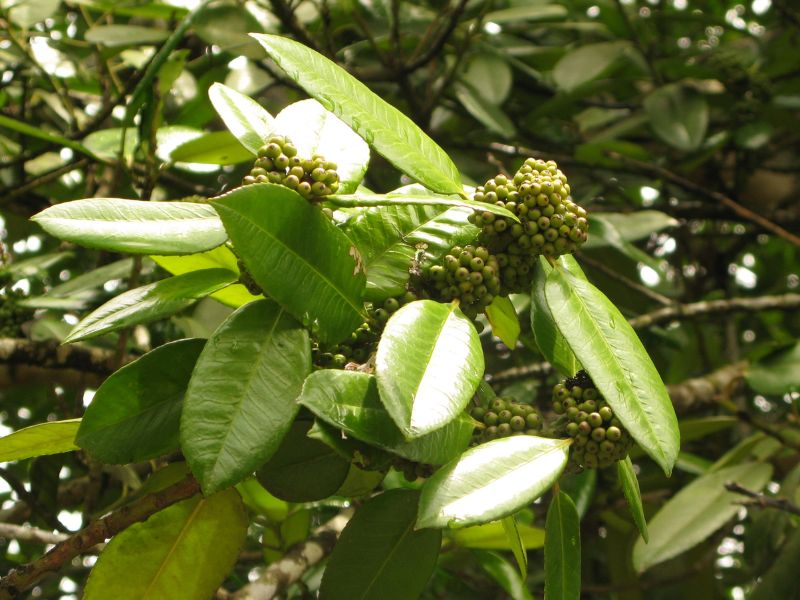
Temperature
Lusterleaf holly is distributed in tropical, subtropical, and temperate regions. It thrives in a cool and humid environment. It grows in temperatures ranging from 10 to 31 ℃, is relatively cold-resistant, and can safely overwinter outdoors at about -3 ℃. It grows well at a relative air humidity of 70%, suggesting that arid environments should be avoided.
Watering
Lusterleaf holly is a plant that thrives in well-drained soil and appreciates regular hydration, indicative of its native habitat’s balanced moisture levels. It has a moderate drought tolerance but prefers consistent watering once every two weeks to maintain its lush foliage. Given lusterleaf holly’s preference for stable humidity, it performs best when grown outdoors in temperate climates where rainfall can naturally supplement its water needs.
Soil
Lusterleaf holly likes acidic soil with a pH value of 5-6. In neutral or alkaline soil, its leaves tend to yellow and the plant may even die. It requires humid culture media that retain water and are rich in organic matter. Humus soil with an appropriate amount of coarse sand or perlite added will increase soil permeability. A formula for the culture medium, for example, could be 1/2 leaf mold + 1/4 coarse sand or perlite + 1/4 decomposed bark.
Before putting it into the pot, the medium should be soaked in a carbendazim solution to kill any bacteria and insect eggs. Some ceramsites can be put at the bottom of the pot to improve drainage and avoid water accumulation caused by excessive daily watering. Change the soil every two years.
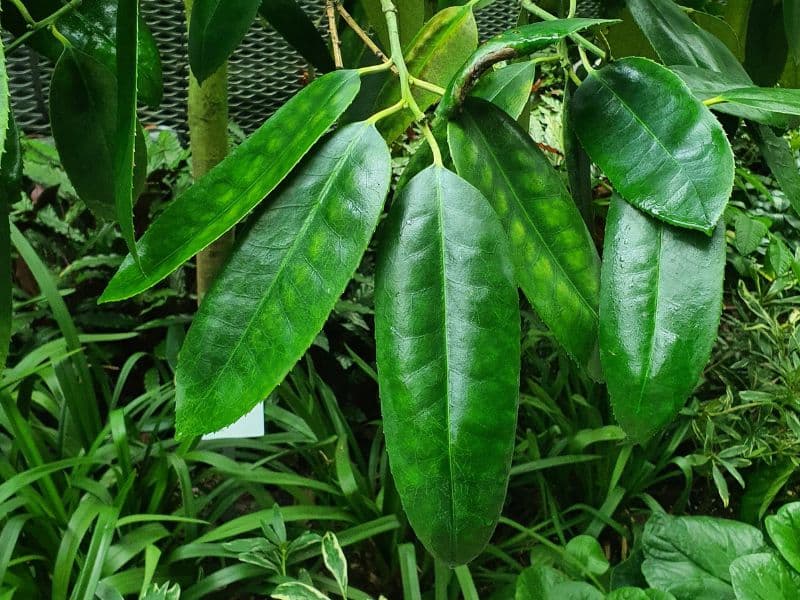
Fertilizing
Fertilize lusterleaf holly with balanced nutrition fertilizers, ideally in spring and fall. Opt for a slow-release formula to promote steady growth. Application: 1/4 pound for younger plants, up to 1 pound for mature lusterleaf holly per feeding. Benefits include enhanced vigor, flowering, and berry production. Over-fertilization can damage lusterleaf holly, so follow instructions precisely. Frequency and amount may vary by age and season; less is needed in dormant winter months. Use gloves, keep granules off foliage, and water thoroughly after application.
Planting Instructions
Thought its red fruits are a Christmas symbol, it is generally best to plant lusterleaf holly in spring. Large seedlings over 2 years old are preferred for planting. Plants should be spaced about 1 m apart and there should be about 1 to 1.2 m between rows. Compacting the soil and watering after planting will allow the roots to be in closer contact with the soil. It should be noted that lusterleaf holly is dioecious, so it requires both female and male plants present to produce fruits. Successful pollination only happens when plants are spaced no more than 9 m apart. One male plant can pollinate 6-10 female plants.
Pruning
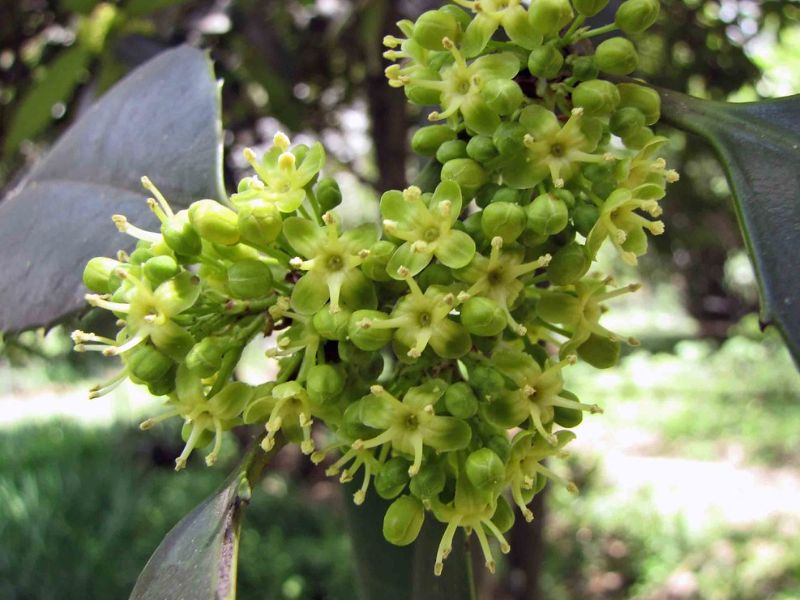
Lusterleaf holly flowers and fruits only grow on new branches, so the plant needs to be pruned to promote the germination of new branches. It’s best to prune before early spring, ideally during winter. In addition to promptly cutting off old, yellow, dried, and diseased leaves, one-third of the old branches should be cut off from the base every year. This promotes vertical growth, flowering, and fruiting. After winter pruning in cold areas where it snows, the remaining branches can be bundled with ropes to avoid damage caused by snow or ice on the branches.
III. Uses and Benefits
It is cultivated as an ornamental tree in parks and temple gardens. The leaves may be infused to make tea (“bitter nail tea” kǔ dīng chá).
IV. Harvesting and Storage
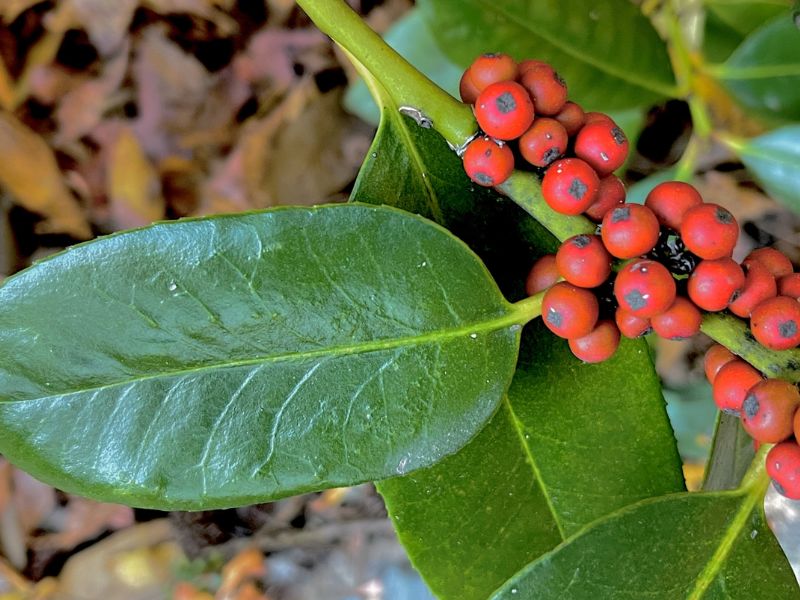
In suitable growth conditions, lusterleaf holly blooms and bears fruits once a year. The fruits appear in fall and winter, and can be appreciated for a long time before picking. Without birds in the yard, the fruits often persist into the next spring. The vase life of fruit-bearing branches after picking is about 20-40 days.
Use sharp garden shears when picking and cut the base of branches at a 45-degree angle, or make the cut into a cross, to increase the water absorption area. Quickly put the cutting in a vase with clean water to avoid water loss. The fruits of Ilex verticillata can also be air-dried since they tend to not drop from the branches. Their colors will change from bright red to deep red, providing good ornamental value.
Find Where to Buy the Best Lusterleaf Holly (Ilex latifolia)









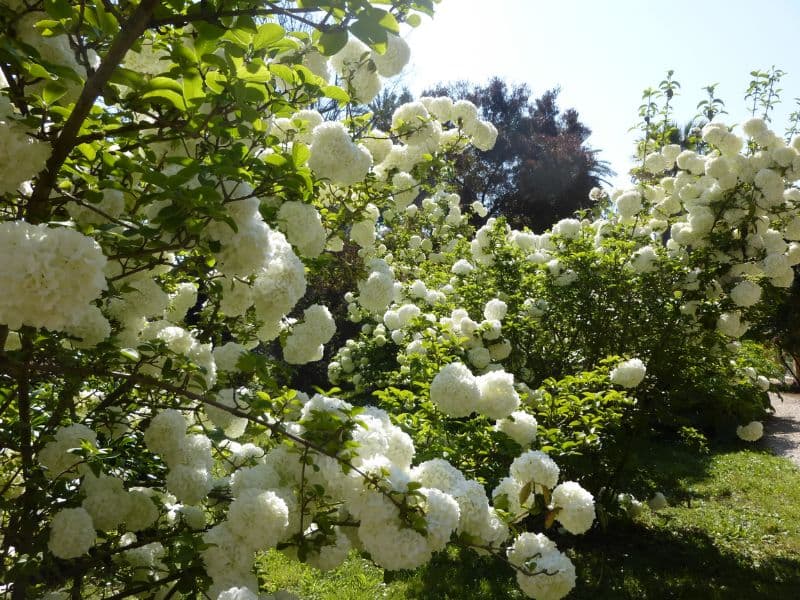
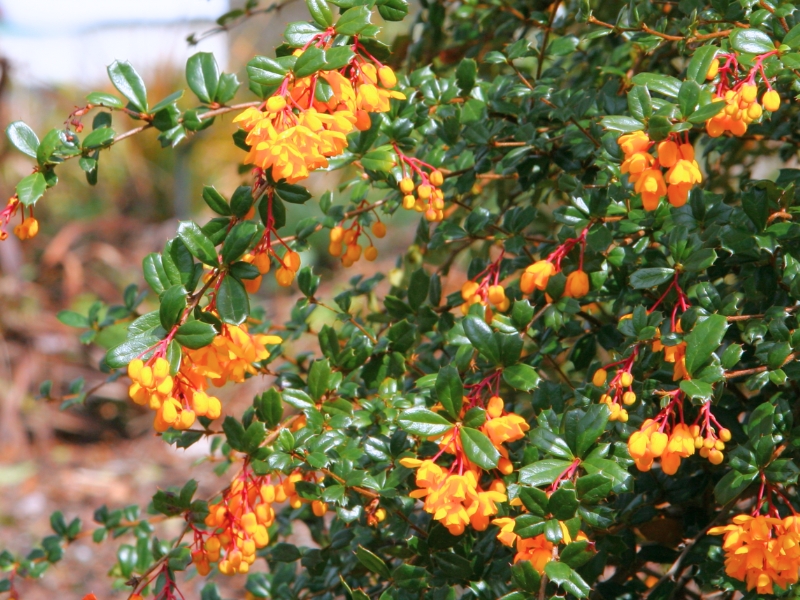
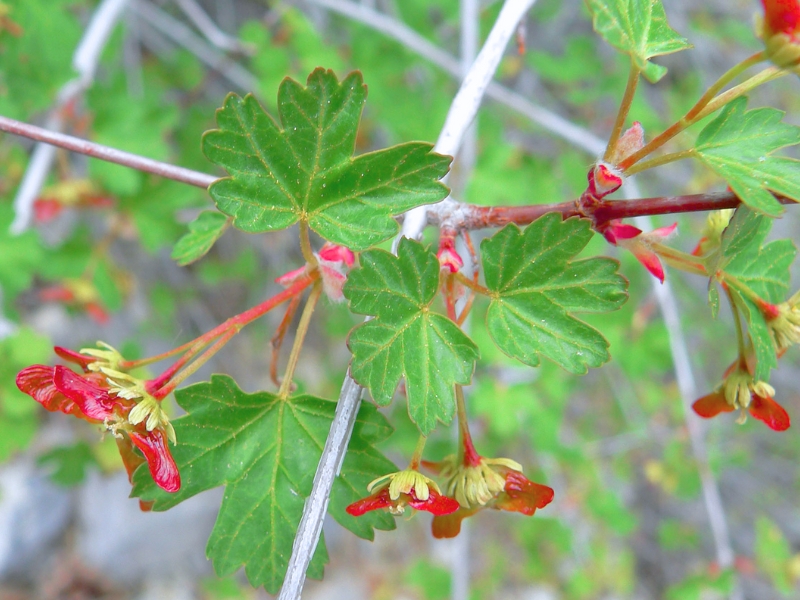
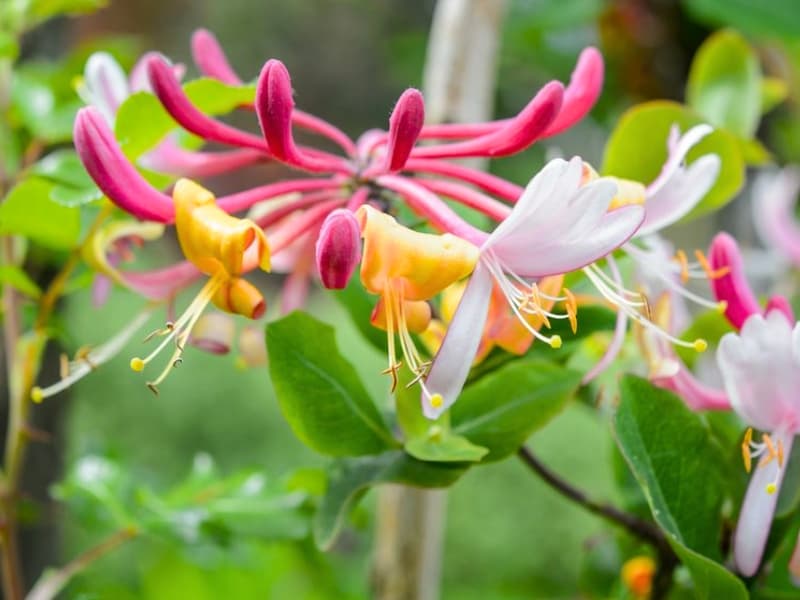
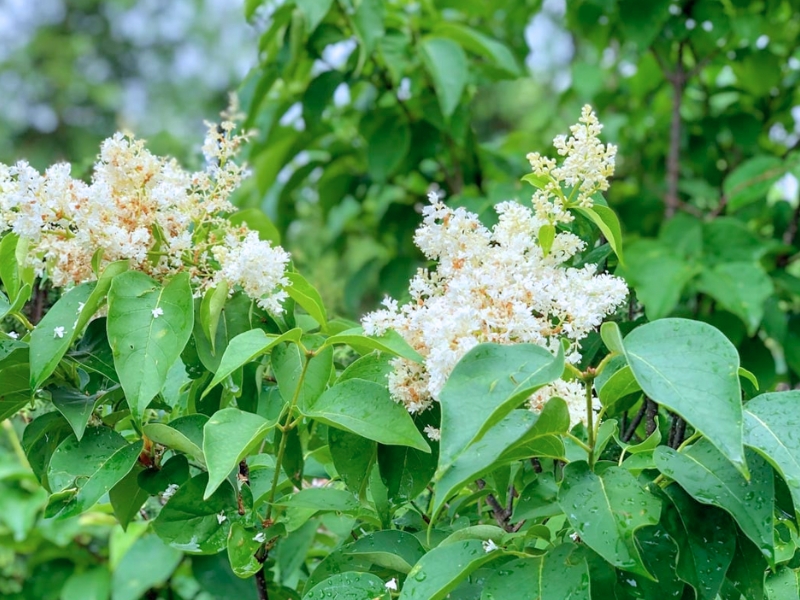
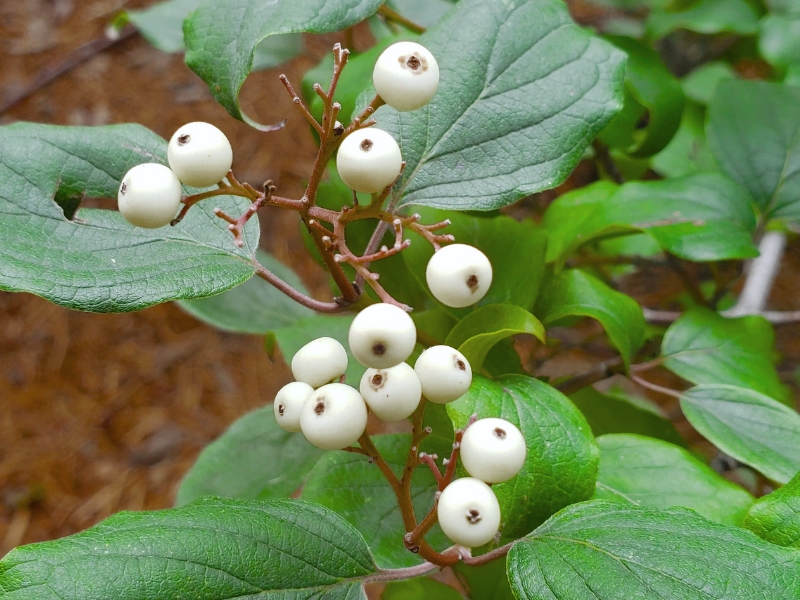
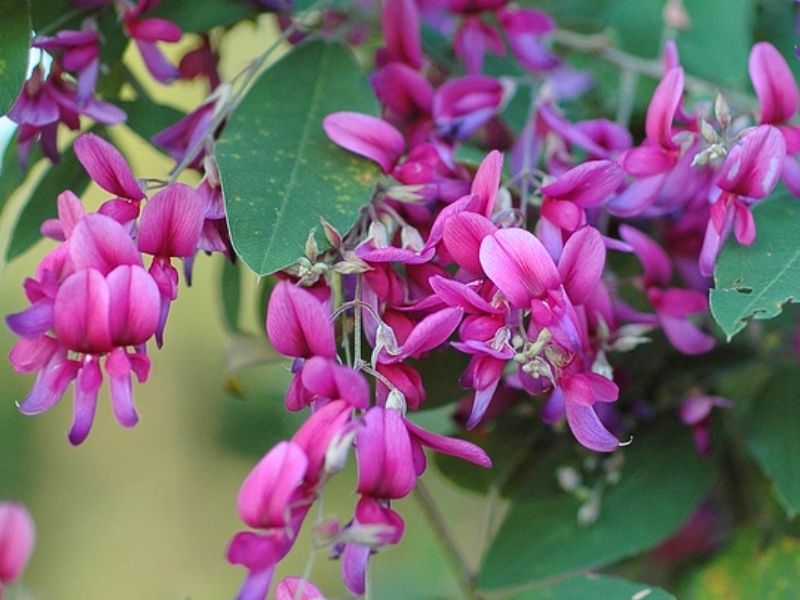
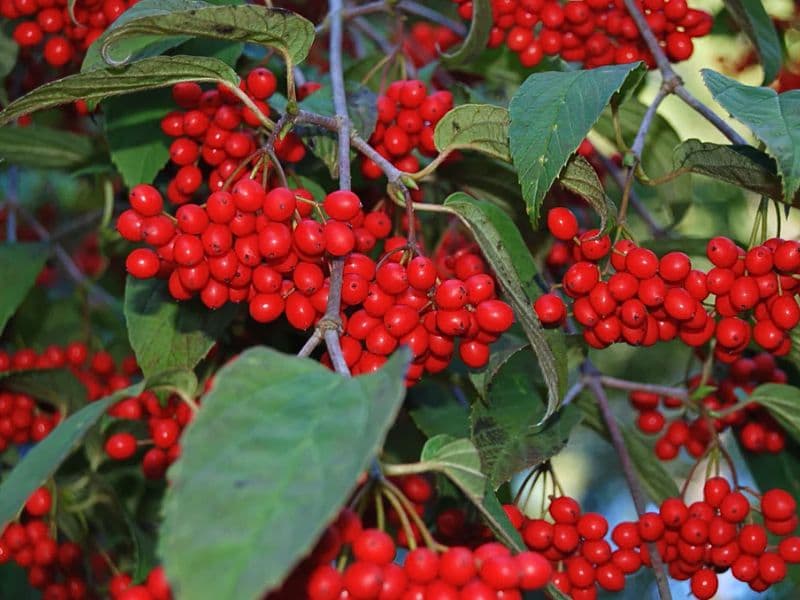
Leave a Reply